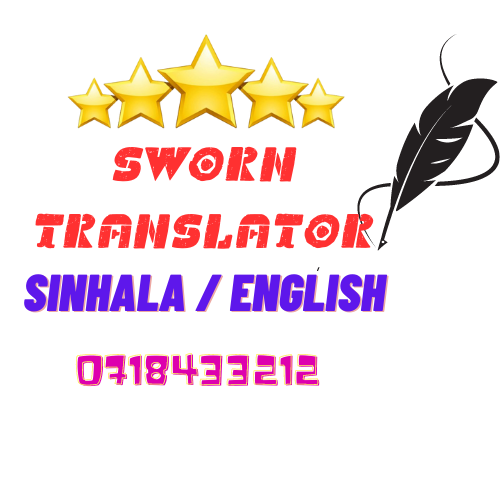Fake part-time jobs are like those tricky optical illusions—they seem promising at first glance, but the closer you look, the more you realize something’s not quite right. They use a front line company name or a reputed organization name for this. Scammers often take advantage of job seekers who are eager to earn some extra income, offering positions that appear legitimate but are nothing more than a facade. Many needy people who are looking for a way of income fall victim to this.
Fake part-time jobs typically come in various forms, from work-at-home schemes to online gigs that promise hefty paychecks for minimal effort. They often lure unsuspecting individuals with the prospect of flexible hours and attractive compensation, making them sound like the perfect solution for those seeking supplementary income. If you are asking a registration fee from me please do not continue this nonsense. The truth you need to understand is that they cannot pay this kind of money for providing such a small service.
One common red flag is the requirement of upfront fees or investments. Legitimate employers don’t ask you to pay to start working. Scammers, on the other hand, may ask for registration fees, training materials, or some form of payment before you can begin. Once they have your money, the job mysteriously vanishes.
Another characteristic of fake part-time jobs is the lack of a clear job description. The postings might be vague, promising high earnings without specifying the tasks you’ll be doing. Legitimate employers provide detailed job descriptions to attract the right candidates, while scammers keep it ambiguous to appeal to a broader audience.
Beware of jobs that promise unrealistic income with minimal qualifications or experience. If it sounds too good to be true, it probably is. Scammers often dangle the carrot of easy money to lure people into their trap.
To avoid falling victim to fake part-time jobs, conduct thorough research on the company, check for reviews, and verify their legitimacy. Legitimate companies have a track record, a physical address, and clear contact information. Don’t hesitate to ask questions during the interview process and trust your instincts—if something feels off, it probably is.
In the ever-evolving landscape of employment, it’s crucial to approach part-time job opportunities with a discerning eye. While there are plenty of legitimate opportunities, there are also those deceptive illusions waiting to be unraveled. Stay vigilant, and you’ll be able to spot the fakes among the real deals. All you have to do is to find out the email addresses of the company or organization they are using and inform them so that they will take legal action against this scammer and thereby prevent them from defrauding innocent people and you can also help to protect the reputation of such companies.

